4 Best Squat Exercises To Improve Your Vertical Jump
Share
Squatting is one of the most effective exercises for improving vertical jump. The squat is a compound exercise that works multiple muscle groups, including the quadriceps, hamstrings, glutes, and lower back. By strengthening these muscle groups, you can improve your explosive power and vertical jump.

In this article, we will be discussing the 4 best squat variations for improving vertical jump. These exercises are specifically designed to target the muscle groups that are most important for jumping.
1. Barbell Back Squat
The barbell back squat is the most traditional and well-known squat variation. This exercise is performed with a barbell on the upper back, and the lifter squats down by bending at the hips and knees.
The barbell back squat is an excellent exercise for building overall lower body strength and power. It is especially effective for targeting the quadriceps and glutes, which are both important muscle groups for jumping.
To perform the barbell back squat, start by setting the barbell on a squat rack at about chest height. Step under the bar and position it on your upper back, just below your traps. Grip the bar with your hands slightly wider than shoulder-width apart.
Take a step back and position your feet shoulder-width apart, with your toes pointed slightly outwards. Begin the exercise by bending at the hips and knees, lowering your body down until your thighs are parallel to the ground. Push through your heels to stand back up and repeat for the desired number of reps.
Tip: A squat wedge will help you to achieve a deeper squat and will help to protect your knees during this movement.
2. Box Squat
The box squat is a variation of the traditional squat that is performed with a box or bench behind the lifter. The lifter sits down on the box before standing back up.
The box squat is a great exercise for developing explosive power and speed. By sitting down on the box, you are forced to pause for a moment before standing back up, which helps to build explosive power.
To perform the box squat, start by setting a box or bench behind you. Stand with your feet shoulder-width apart and your toes pointed slightly outwards. Begin the exercise by bending at the hips and knees, lowering your body down until you are sitting on the box. Pause for a moment, then push through your heels to stand back up and repeat for the desired number of reps.
Once again, a squat wedge will help you to achieve a deeper squat for this exercise.
3. Goblet Squat
The goblet squat is a variation of the traditional squat that is performed with a dumbbell or kettlebell held at chest height. The lifter squats down by bending at the hips and knees, holding the weight in front of their chest.
The goblet squat is a great exercise for developing overall lower body strength and power. It is especially effective for targeting the quadriceps, hamstrings, and glutes, which are all important muscle groups for jumping.
To perform the goblet squat, start by holding a dumbbell or kettlebell at chest height. Stand with your feet shoulder-width apart and your toes pointed slightly outwards. Begin the exercise by bending at the hips and knees, lowering your body down until your thighs are parallel to the ground. Push through your heels to stand back up and repeat for the desired number of reps.
4. Jump Squat
The jump squat is a plyometric variation of the traditional squat that involves jumping explosively at the top of the movement. This exercise is highly effective for developing explosive power and speed in the legs, which is crucial for vertical jumping.
To perform the jump squat, start by standing with your feet shoulder-width apart and your toes pointed slightly outwards. Begin the exercise by bending at the hips and knees, lowering your body down until your thighs are parallel to the ground. At the bottom of the squat, explosively jump upward, extending your hips, knees, and ankles to reach
Best Squat Exercises To Improve Your Vertical Jump
Incorporating these 4 squat variations into your training routine can help to improve your vertical jump and overall lower body strength and power. Remember to focus on proper form and technique, and always use a weight that is challenging but manageable. With consistent training and dedication, you'll be jumping higher in no time!

